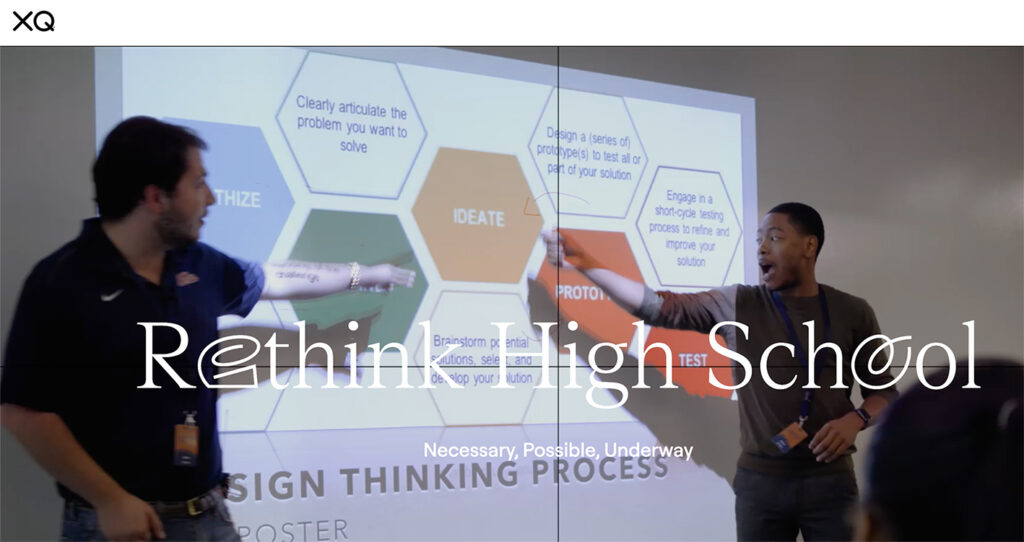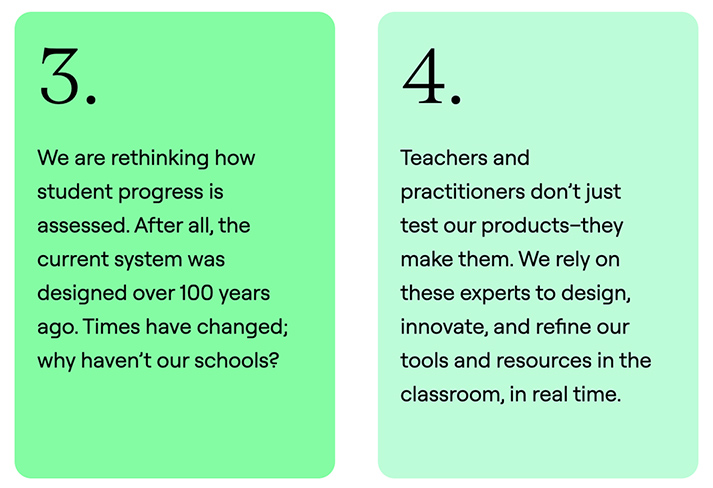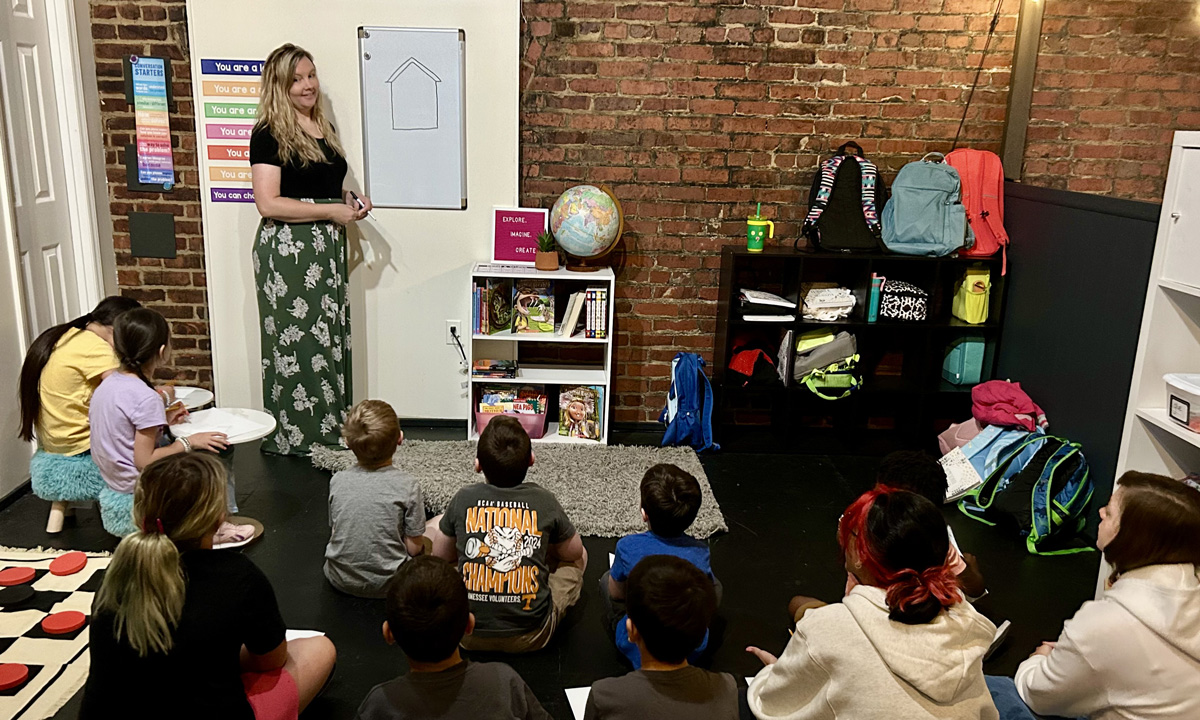Hebrews 13:3 (NIV)
3 Continue to remember those in prison as if you were together with them in prison, and those who are mistreated as if you yourselves were suffering.
California’s first graduate program in prison faces an uncertain future — from opencampusmedia.org by Charlotte West
Access to graduate programs inside is becoming increasingly important as the number of bachelor’s programs in prison grows with the return last year of Pell Grant eligibility for incarcerated students. Since the first incarcerated bachelor’s graduates got their degrees from California State University Los Angeles at the state prison in Lancaster in 2021, California prisons now offer 11 bachelor’s programs, with two more starting next year.
Several of those Cal State LA grads continued on to the master’s program, which is open to students across California’s 34 prisons. It’s part of the California Department of Corrections and Rehabilitation commitment to offering education “from grade school to grad school.” Research shows that the higher the level of education someone achieves in prison, the less likely they are to return to prison once they are released and the more likely they are to find a job.
Lawsuit claims disabled young people in Illinois prisons were denied special education for years — from opencampusmedia.org by Charlotte West; also here at WBEZ.org
A new lawsuit claims Illinois has been violating state and federal law for nearly two decades by failing to provide special education services to young people locked up in adult prisons.
The federal lawsuit against the Illinois Department of Corrections, the Illinois Department of Juvenile Justice and the Illinois State Board of Education was filed at the end of last month. On Wednesday, plaintiffs filed a motion seeking to make the case a class action lawsuit. Attorneys estimate the suit could affect hundreds of individuals currently in custody.
Lawsuits claim Black students in Northwestern’s prison education program were unjustly disciplined — from wbez.org
The men claim their efforts to prevent educators from being harassed inside were labeled as gang activity by prison officials.
A pair of federal lawsuits claim the Illinois Department of Corrections unjustly disciplined two Black students in Northwestern University’s prison education program because the students worked together to prevent university staff from harassment during their visits to the prison. Corrections officials deemed the coordinated effort to “stop problems” gang-related activity, according to the federal complaints.
The lawsuits were filed Wednesday morning. The plaintiffs, LeShun Smith and Brian McClendon, allege they were denied due process and targeted because of their race, violating their constitutional rights and effectively ending their education, said their attorney, Alan Mills.















